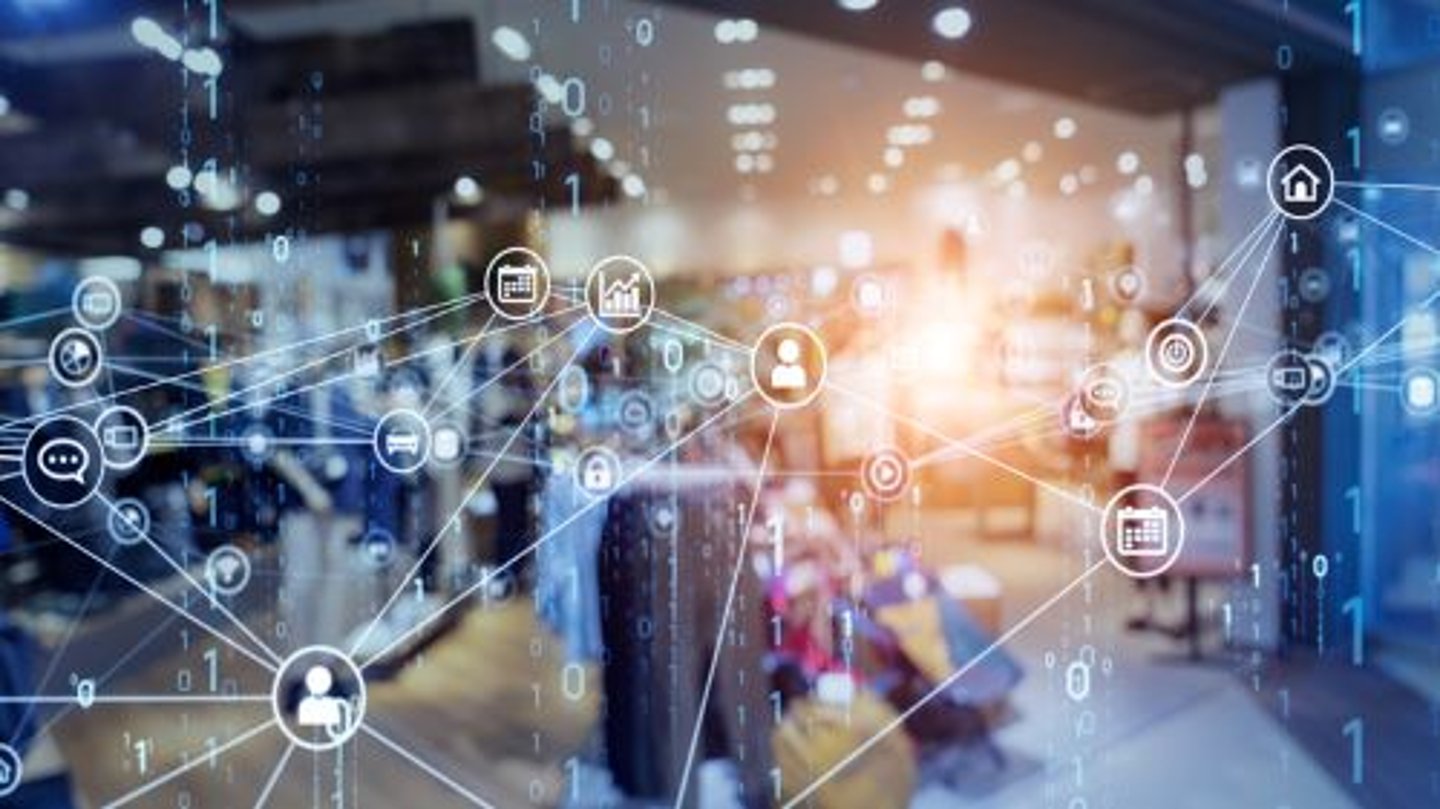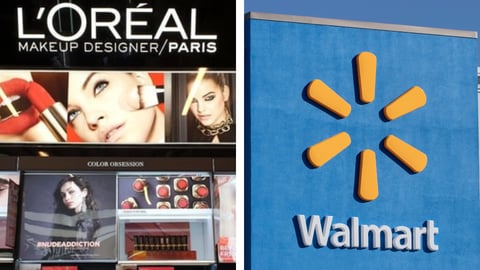Why We’re Moving Toward Multichannel Retail Execution
Historically, the consumer goods suppliers with the most sales presence in the field used to be the ones leading the retail execution space.
Recent global shifts and the changing habits of fickle consumers and customers mean the market is continuously evolving. As a result, we’re starting to move away from visit-only strategies to contact strategies where reps utilize a hybrid selling model, combining face-to-face visits with remote/digital contact.
Digital Communication Is Preferred by Most B2B Customers
In a recent survey conducted by McKinsey, two out of three B2B customers stated that, post-pandemic, they no longer want to receive face-to-face visits. Instead, they expect the visit to be entirely on their terms and on their preferred channel, which most likely is digital.
Retail has always been a demanding industry, but even more so now with increasing pressure to deliver within incredibly tight margins. Customers now expect reps to provide valuable and timely insights to help them grow and operate more efficiently.
Consequently, consumer goods companies have started rethinking their execution strategy.
Instead of face-to-face visits, we’re seeing a move toward multichannel and omnichannel digital contact strategies.
When I spoke to retailers and shop owners some of my findings were:
- Outlet managers still consider sales reps to be their single source of truth. They look to reps to provide guidance on how to grow their business.
- They consider sales reps to be custodians of competitive knowledge, sharing insights on how their peers are accelerating.
- Outlet managers look to CG suppliers to help them understand which promotions sell best and which displays and materials can attract more footfall in their outlets.
- Equally, they want to be able to pass real-time inventory information to their suppliers to ensure deliveries match the level of demand and avoid being out of stock or overstocked.
Despite all this, outlet managers are not really able to engage with sales reps beyond the usual face-to-face visits. A few years ago, a solution to this problem would have been to increase the visit frequency; however, the challenge is that in addition to a retailer’s changing preferences, CG organizations are also under pressure with increasing inflation.
Adding New Channels Won’t Address All Factors
Given all of these challenges, how can CG organizations respond to the rapidly changing market?
Some CG companies have responded to this trend by enabling 24/7 self-service ordering. Others have launched WhatsApp business communications for their reps to enable dialogues with customers. While the enablement of these new channels has helped to tackle some order-related issues, it hasn’t fully addressed the challenges described above.
Further, these methods don’t really offer a similar level of customer experience, warmth of engagement, or exchange of information as a face-to-face visit would. Plus, it doesn’t mean that customers get a seamless, integrated experience just because we have added some more means of communication. Why?
Disconnected Channels Work in Silos
Firstly, different geographical markets have different customer needs. When we move out of Europe and North America, the adoption of self-service declines. Outlet managers in countries like Brazil and Mexico take pride in their bargaining skills to negotiate the best price with suppliers.
Secondly, although WhatsApp is a superb instant communications channel, it is standalone and disconnected from customer data or CRM — so sales reps can’t access customer data or insights about the outlet, order history, or whitespace and opportunities. Equally, the outlet managers have the challenge of organizing the content and information coming through WhatsApp messages.
The Rationale for Implementing a Multichannel Contact Strategy
This is where a true omnichannel contact strategy comes into play. It allows sales reps to continue deepening their relationships with retailers in between face-to-face visits.
At the core of a successful contact strategy is an integrated retail execution platform. That platform should be flexible enough to allow reps to get in touch with the customer on the customer's channel of choice.
This includes multiple channels such as WhatsApp and WeChat, and simultaneously provides them with a 360-degree view of their customers as well as guided selling and content sharing capabilities. They can therefore have value-added conversations during remote interactions with prospects.
Having a 360-degree view of a customer is key to enabling sales reps to personalize their customer engagements.
Importantly, reps should have full visibility of a customer's financial and order information, so they can provide them with individual pricing and customize their bulk order and fulfillment options or extend their credits.
Another key capability to consider is enabling reps with easy access to relevant content. They can therefore guide outlet managers regarding shelf displays and set up promotions during the sales interaction.
Equally, outlet managers can share real-time info about their inventory counts with sales reps, communicating floor and shelf limits so that reps can tailor the orders and keep the outlet managers up to date with any supply chain delays.
Having an integrated multi/omnichannel platform at the heart of your contact strategy will significantly increase the frequency and quality of your customer engagements and, in turn, increase your visibility of store execution quality while also reducing the cost to serve.
Sally Sabet is the global lead of Consumer Goods Go to Market for Pitcher. Her career spans 16 years including working for Salesforce, Service Now, and Experian. She’s a thought leader within the consumer goods industry and is passionate about not only helping businesses grow and innovate, but also championing women in technology. Sabet won the Women in Sales EMEA (WISA) Award in 2020, and was recently shortlisted for the Women In Tech Excellence Award and the Women in IT Award.




